The jaguar, a majestic feline with a coat adorned by golden hues and mesmerizing rosettes, stands as a symbol of power, stealth, and untamed beauty in the diverse landscapes of the Americas. This incredible cat has become one of the most popular species around the world to view and photograph and have left many of our guests and me breathless on countless occasions.
As the third-largest big cat on the planet, the jaguar, scientifically known as Panthera onca, possesses a set of remarkable characteristics that set it apart in the realm of wildlife. From its extraordinary hunting prowess to its adaptability in a variety of ecosystems, the jaguar's presence has not only left an indelible mark on the natural world but also woven its enigmatic aura into the cultural tapestry of indigenous societies.
Muscular Build: Jaguars have a robust and muscular build, making them incredibly powerful predators. Their powerful limbs and shoulders contribute to their ability to take down large prey, and their strong jaws allow them to deliver a lethal bite.
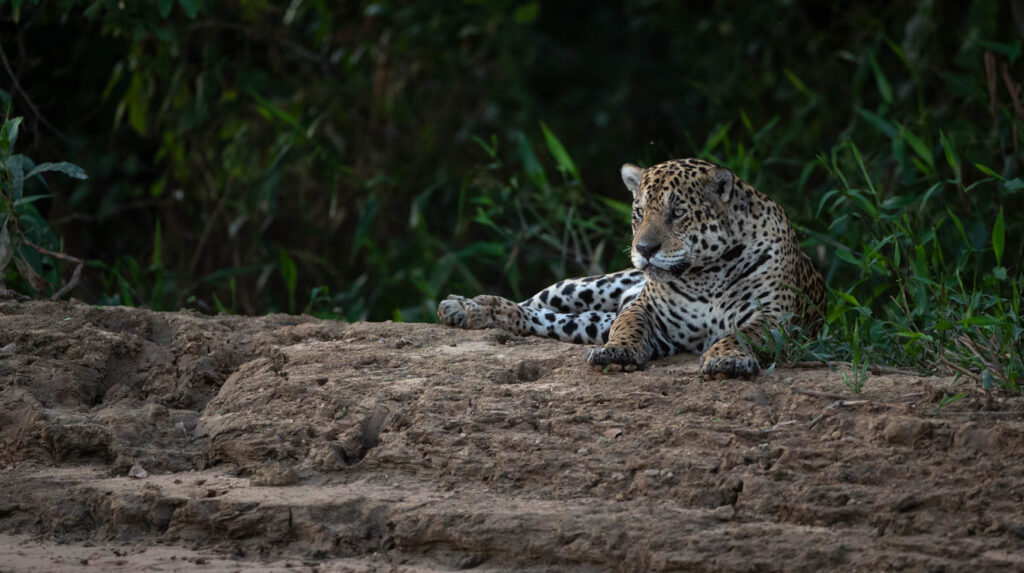
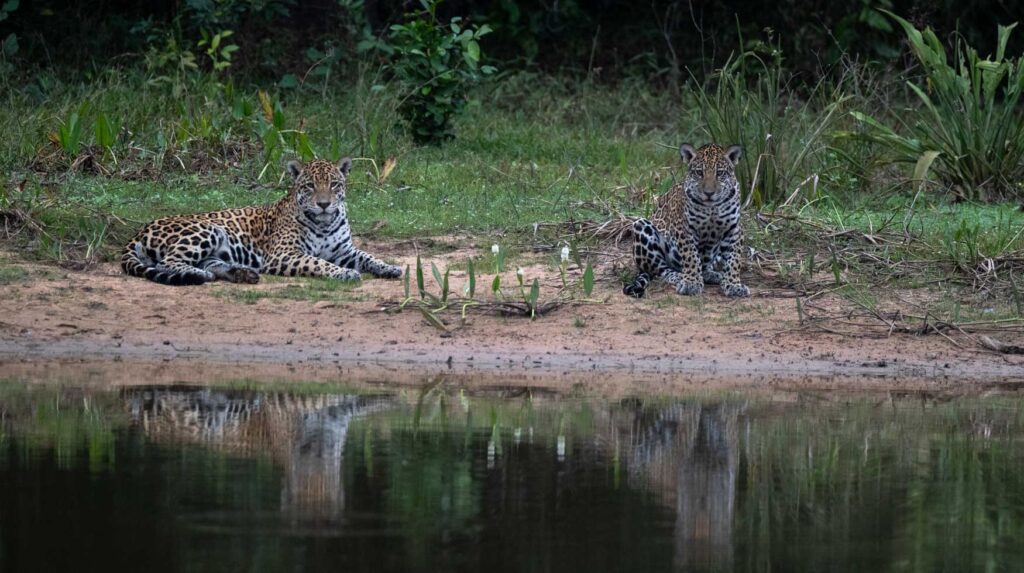
Territorial Behavior: Jaguars are highly territorial animals, with both males and females fiercely defending their territories. The size of a jaguar's territory depends on the availability of prey and the density of the jaguar population in a particular area.
Ambush Predators: Jaguars are known for their exceptional ability to ambush their prey. They often use dense vegetation and natural cover to stalk and surprise their targets, relying on their powerful jaws to deliver a swift and lethal bite.
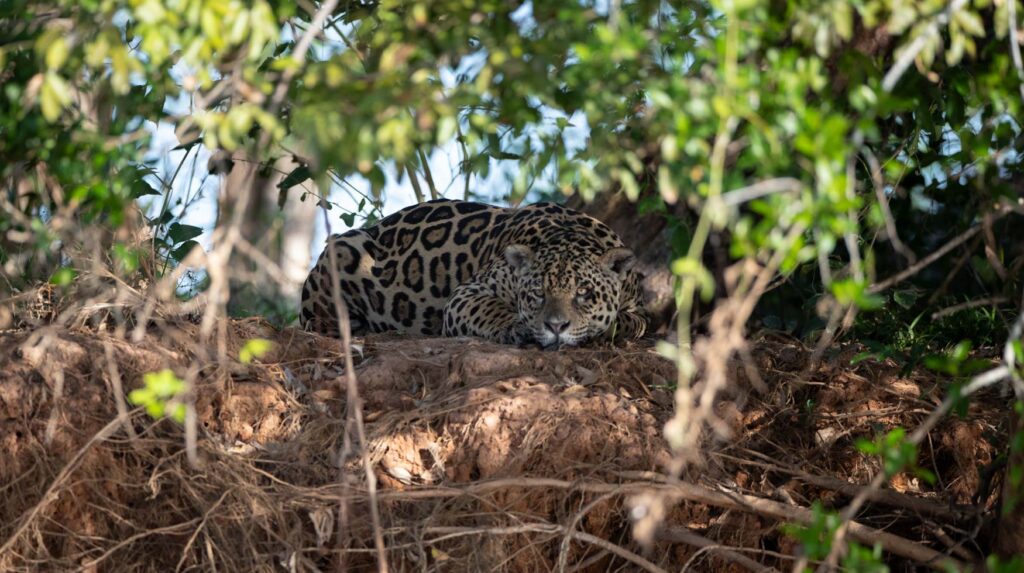

Mating Rituals: When it comes to mating, jaguars engage in elaborate rituals that involve vocalizations, scent marking, and courtship behaviors. Males may follow females for an extended period before mating, and the courtship process plays a crucial role in pair bonding.
Melanistic Jaguars: While the typical jaguar has a golden-yellow coat with black rosettes, some individuals have a genetic variation that causes melanism, resulting in an all-black coat. These black jaguars are often referred to as "panthers."
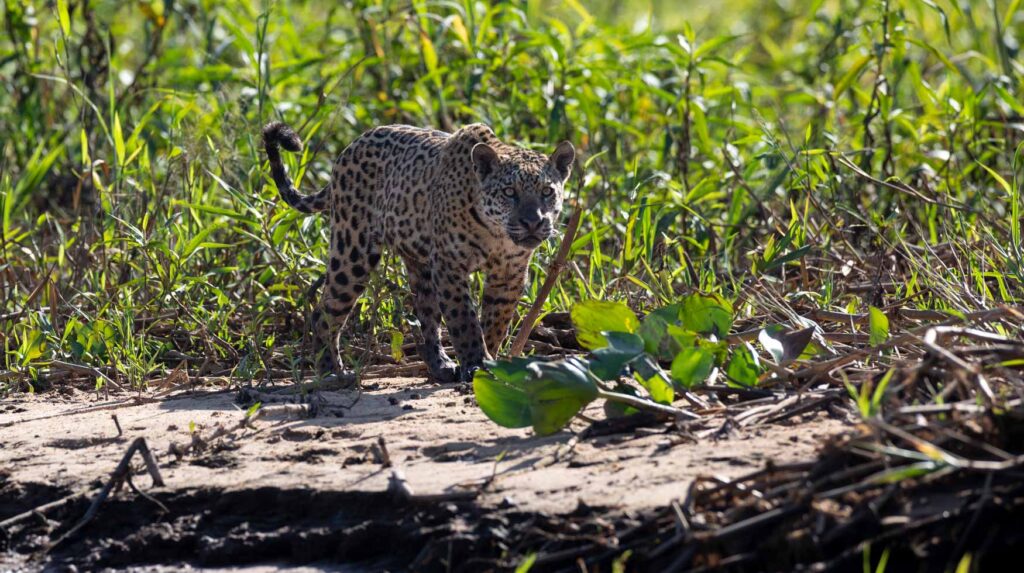
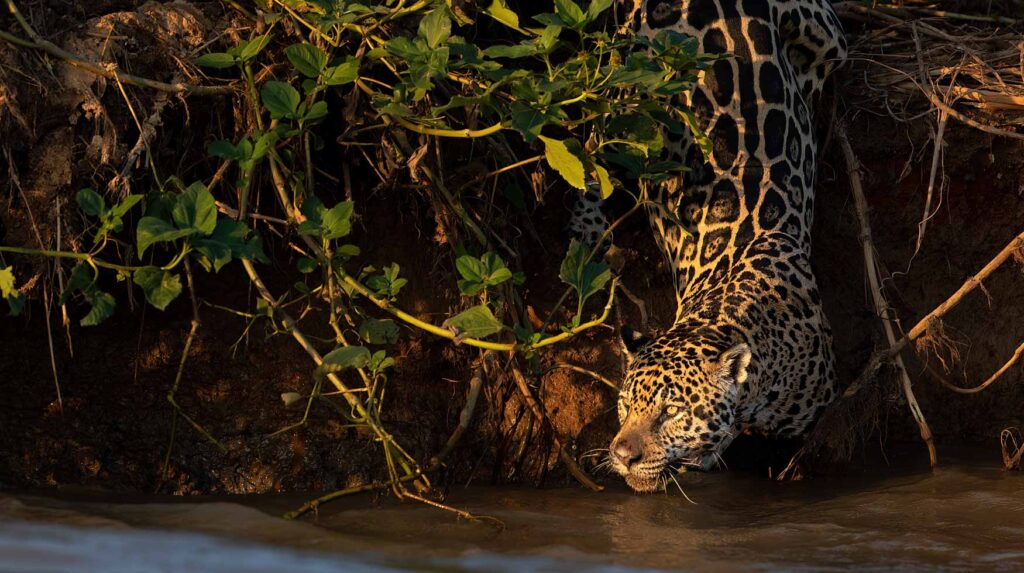
Large Head and Powerful Jaw: Jaguars have a large, broad head and powerful jaw muscles, giving them one of the strongest bites among big cats. Their bite is designed to pierce through the skulls or shells of their prey, allowing them to deliver a fatal bite to the brain.
Distinctive Eyes: Jaguars have distinctive round eyes with excellent vision, particularly at night. Their acute senses, including hearing and smell, contribute to their success as nocturnal predators, allowing them to navigate and locate prey in low-light conditions.
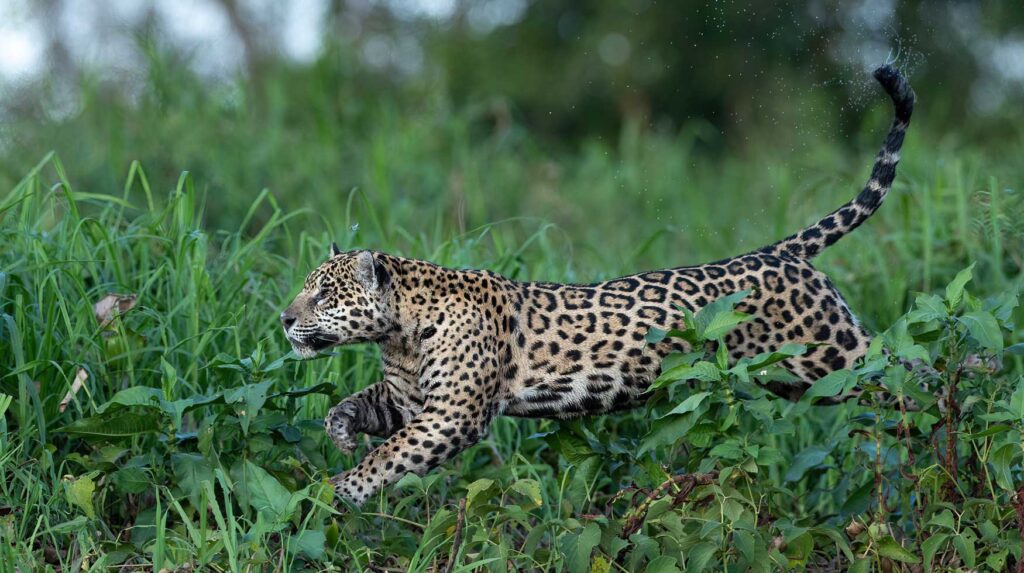
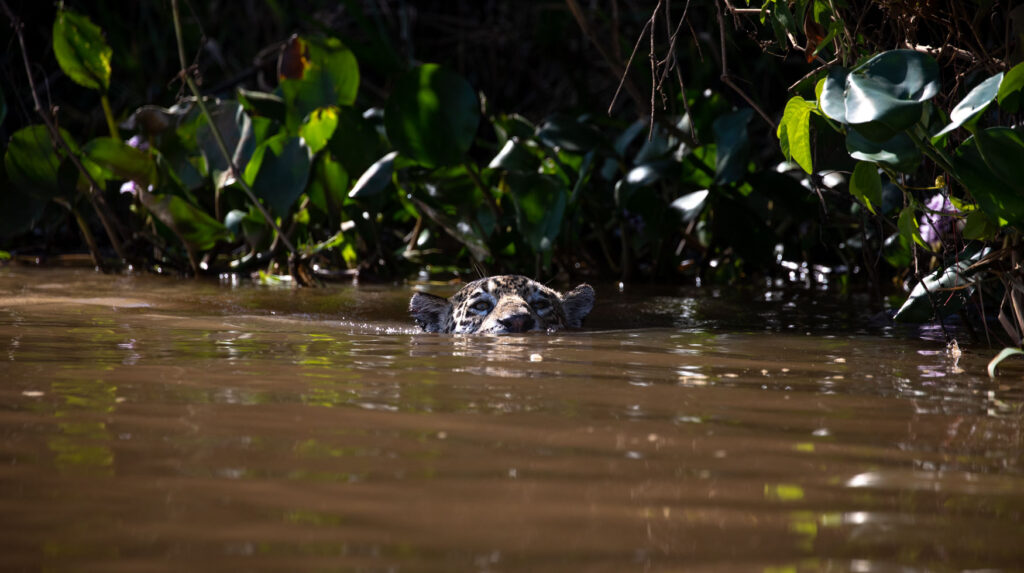
Communication Sounds: Jaguars communicate through a variety of vocalizations, including roars, grunts, meows, and chuffing sounds. These vocalizations play a role in establishing territory, attracting mates, and communicating with cubs.
Role in Ecosystems: Jaguars play a crucial role in maintaining the balance of their ecosystems by controlling the populations of prey species. As apex predators, they help regulate the number of herbivores, preventing overgrazing and promoting biodiversity.
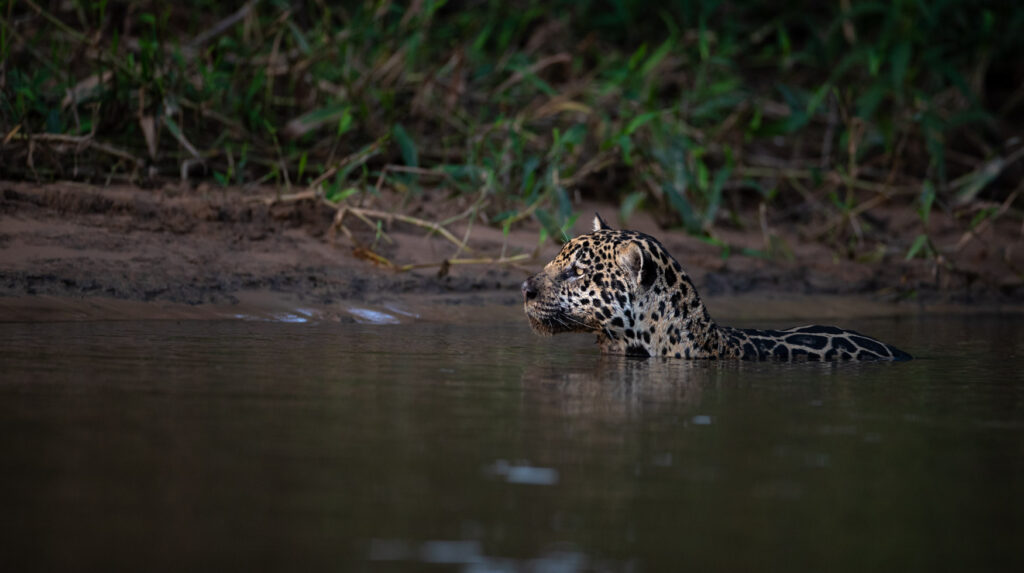
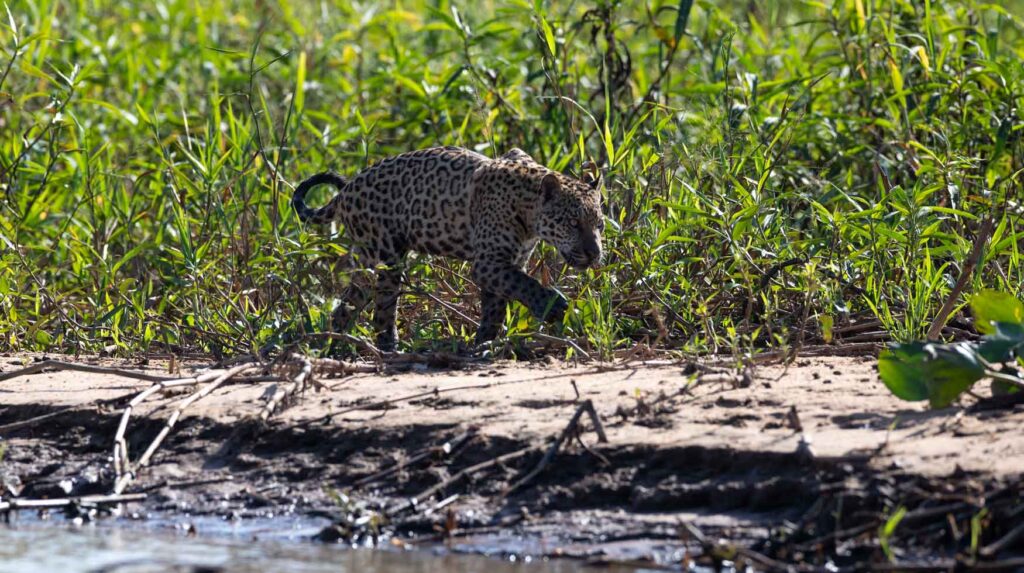
Conservation Efforts: Conservation initiatives aim to protect jaguar populations and their habitats. These efforts involve creating and maintaining protected areas, addressing human-wildlife conflicts, and raising awareness about the importance of jaguars in maintaining healthy ecosystems.
Jaguars of the Pantanal
The Jaguars of the Pantanal tour is an adventure like no other! Spend time in the presence of these incredible cats, as well as a plethora of other amazing species.

Great blog on jaguars. Looking forward to visiting the Pantanal with Johan in September 2024. Thank you
Can’t wait Nancy! It is going to be amazing!